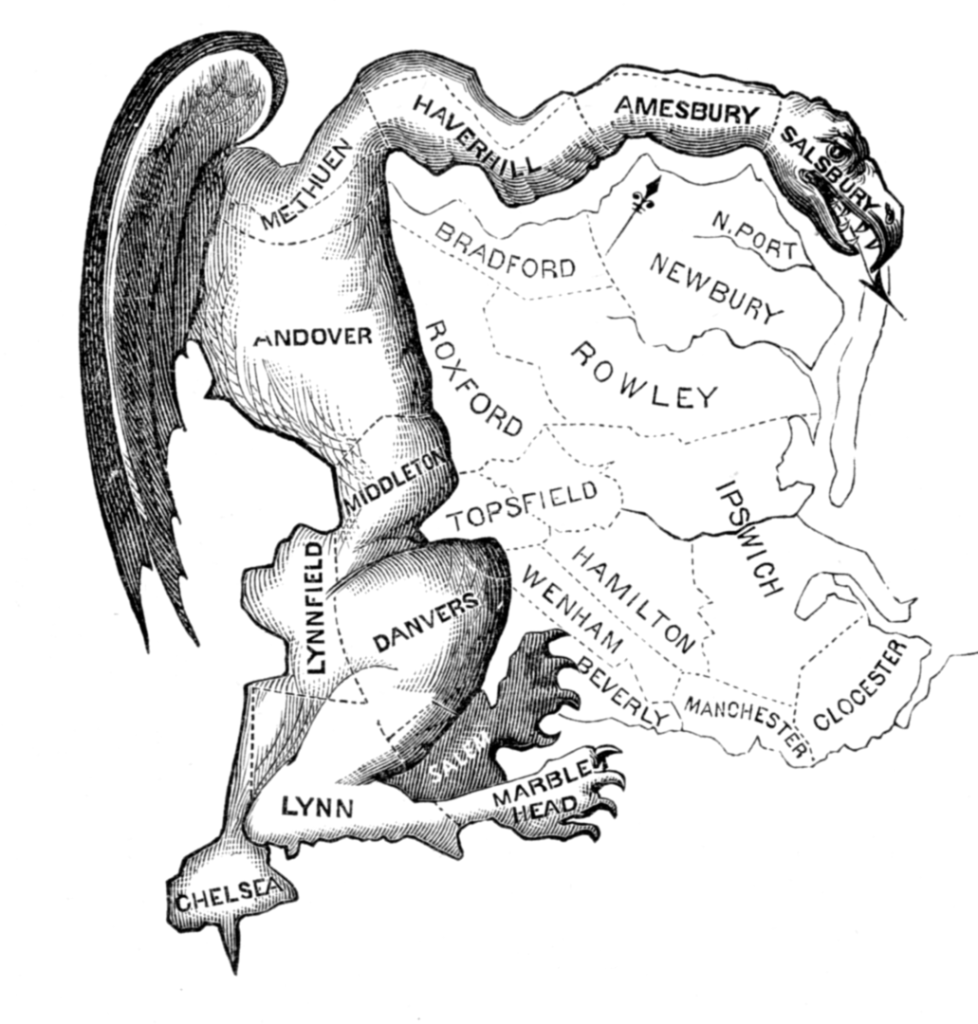The filibuster is a legislative tactic that has been used in the United States Senate for many years. It is a way for a senator or a group of senators to delay or block a vote on a bill by speaking for an extended period of time. But when was the filibuster created?
The concept of the filibuster can be traced back to the early days of the Senate. However, it was not until the mid-19th century that the rules surrounding the filibuster began to take shape. In 1806, the Senate established a rule that allowed for unlimited debate on legislation. This meant that senators could speak for as long as they wanted on a particular bill, effectively delaying its passage.
But it wasn’t until 1917 that the filibuster as we know it today came into existence. In response to a group of senators who were using the tactic to block President Woodrow Wilson’s agenda, the Senate adopted Rule 22, also known as the cloture rule. This rule allowed for a two-thirds majority vote to end a filibuster and proceed to a vote on the bill.
Over the years, the rules surrounding the filibuster have evolved. In 1975, the Senate reduced the threshold for invoking cloture from two-thirds to three-fifths, or 60 out of 100 senators. This change made it somewhat easier to end a filibuster, but the tactic still remains a powerful tool in the hands of the minority party.
In recent years, there has been much debate over the use of the filibuster and calls for reform. Some argue that it is a vital part of the Senate’s tradition of deliberation and protecting minority rights, while others believe it has been abused and contributes to gridlock in Congress.
In conclusion, the filibuster was created in the early days of the Senate, but it wasn’t until 1917 that the rules surrounding it were formalized. Since then, it has been a controversial and often debated tactic in the legislative process.





